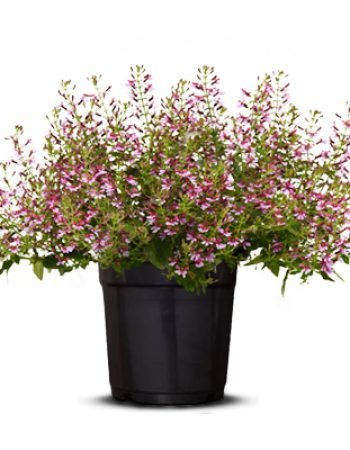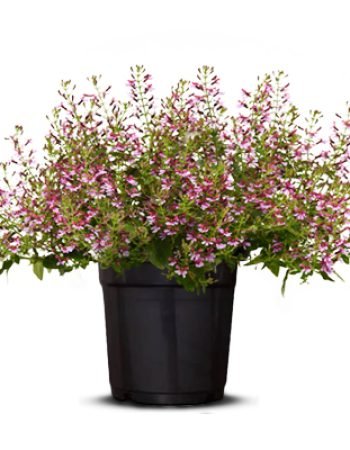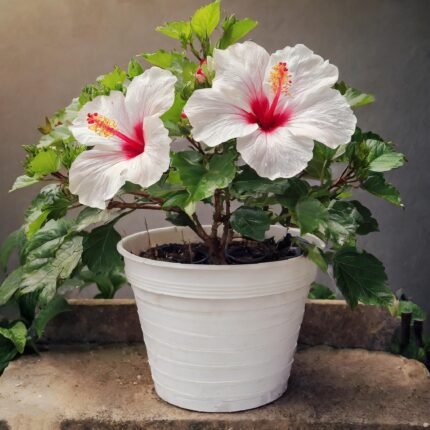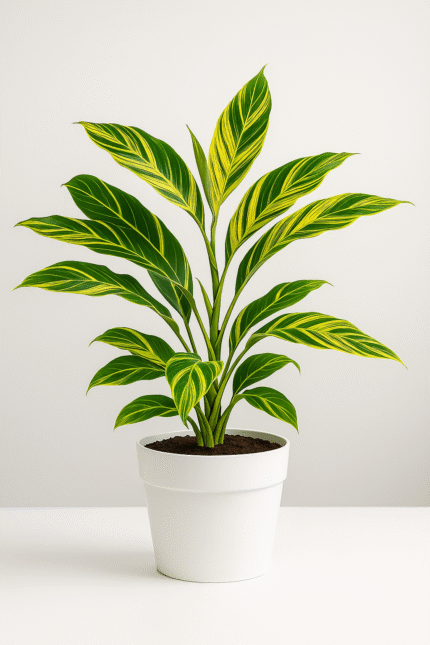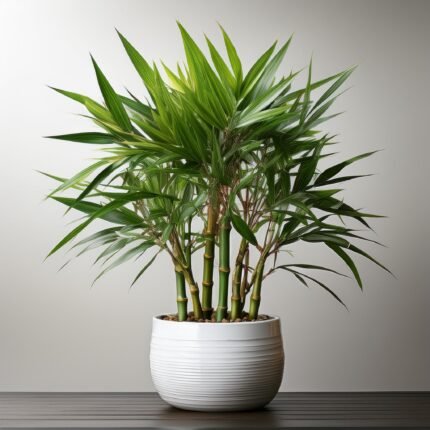Product Description:
The flowers themselves are actually very small bluish-purple in color with a four-lobed upper petal and a smaller lower petal. The blooms have darker markings from the upper petal into the tube. Inside the tube is a clean white color. Often what seems like the flowers on Russian sage are actually the calyx, a tube that protects the flowers from damage before they bloom. In the case of the Russian sage, the calyx is covered in coarse white hairs and is also a lavender blue in color. Russian sage is a fast grower and easy to care.
Light:
For best results and blooms, plant Russian sage in full sun. . Part sun conditions will cause the plant to become leggier and flop over.
Soil:
It does well in alkaline conditions (pH > 7) and does not tolerate boggy, acid soils.
Water:
Russian sage does require a regular watering schedule
Fertilizer:
At most, you might provide a light layer of compost in the spring.
Pruning:
Cut the woody plant stems down to about 6 inches in early spring to make way for new growth. You can also do a light pruning in early summer if you want to reduce the height and make plants look fuller.
Propagating Russian Sage:
To propagate Russian sage from cuttings, choose a healthy, mature plant and take several cuttings that are each about four inches long, using a clean pair of pruning shears. Make your cuts just above a leaf node. Strip off all of the leaves except for a few at the tip of each cutting. Remove any buds or flowers. Dip the cut end of each in powdered rooting hormone if you wish. Russian sage will root without supplementary rooting hormones, but your success rate may be higher if you use it. Place each cutting in a 12-inch well-draining container filled with moist sand or your choice of soilless medium, with the bottom of each inserted about an inch deep. Place your cuttings in a brightly lit environment indoors in a protected area, at a temperature of around 60°F. The cuttings should begin to produce pale white roots within a few weeks, and they will begin putting on new growth as roots become established.




